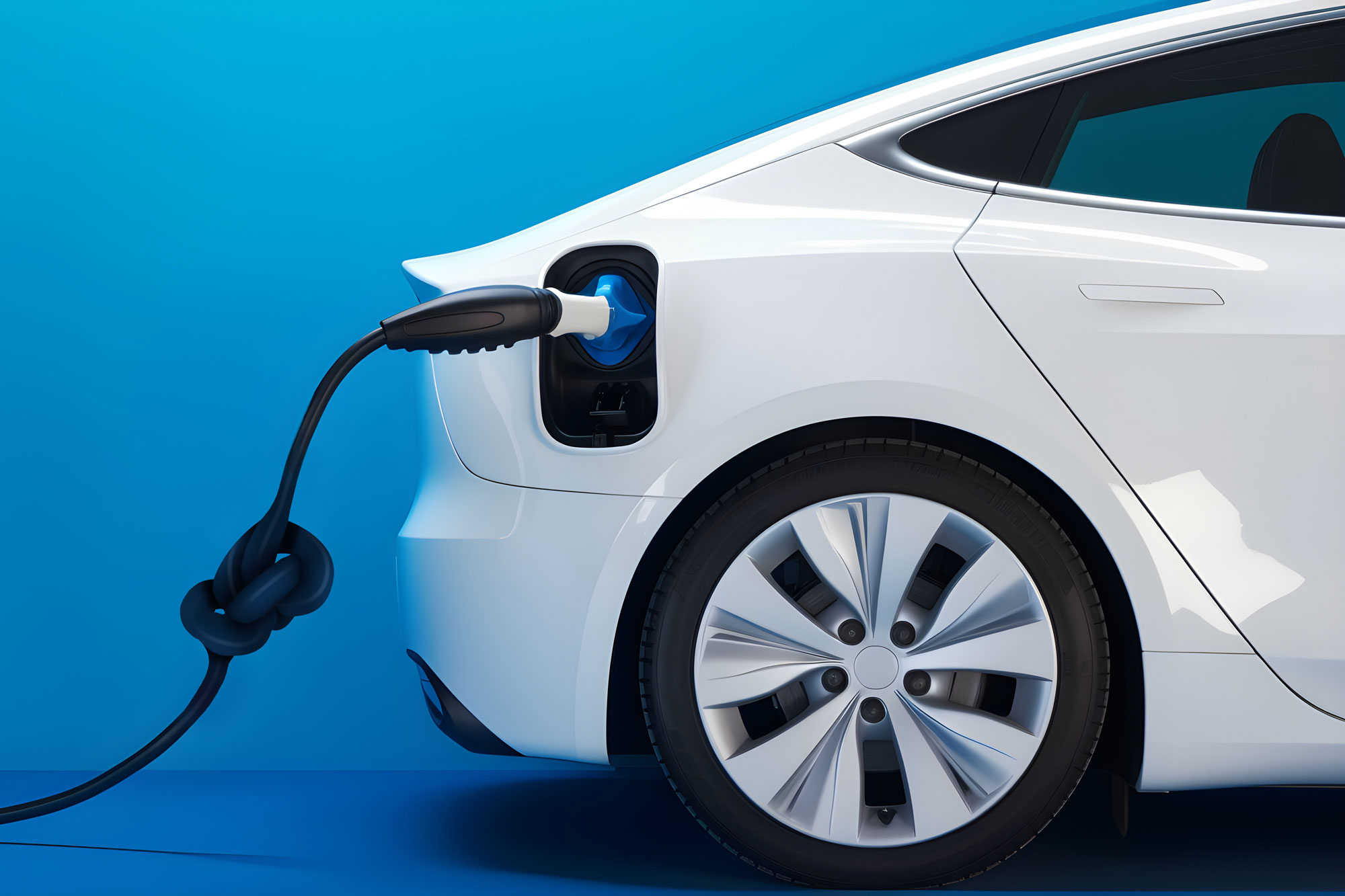
Gov. Gavin Newsom is fond of saying “California leads.”
But for any state that’s following Newsom’s grandiose directive to ban the sale of gasoline-powered cars, the “check engine” light is flashing on the dashboard.
Newsom took advantage of his emergency powers during the COVID pandemic to issue an executive order banning the sale of new internal combustion engine vehicles by 2035.
To implement that order, the California Air Resources Board finalized rules mandating that, by 2026, 35% of the cars sold by auto dealers in California must be electric vehicles.
Automobile manufacturers will be “forced to comply,” Newsom said, or lose access to the California market.
This, he declared, would lead to a national “tipping point” for mass adoption of electric vehicles.
But, increasingly, it appears that California consumers are tipping in the opposite direction.
Sales of EVs in the Golden State fell 2.8% in the third quarter of 2023, according to the California New Car Dealers Association.
In the fourth quarter, Tesla sales fell 10% and EV sales overall fell 10.2%.
That dropped EVs to 21.1% of new car sales in California, down from 23.3%.
Eight other states, including New York and New Jersey, have adopted California’s plan to phase out sales of gasoline-powered cars by 2035, whether consumers (and ratepayers) like it or not.
But there’s a lot to learn from the Golden State.
California consumers have discovered a few problems with fully electric plug-in vehicles.
They’re more expensive to buy and insure than gasoline-powered vehicles, without even counting the cost of a second car for those times when somebody really needs to be somewhere sooner or farther than chargers can accommodate.
Then there’s the cost of electricity in California.
Residential rates are roughly double the national average, a problem that state lawmakers tried to address in 2022 with a wildly unpopular law requiring utilities to set rates based in part on the household income of each customer.
And once an EV driver leaves home, it turns out that the public charging network for electric vehicles is spotty and unreliable.
Studies have found that only about 80% of the chargers are working at any given time, and another one could be far away.
Although Vice President Kamala Harris announced in 2021 that $5 billion from the Bipartisan Infrastructure Law would pay for 500,000 chargers along major highways, only seven charging stations have been built.
Car manufacturers are quietly stepping away from this wreck.
General Motors dropped plans to make 400,000 EVs in 2024 and delayed the release of two new electric pick-up trucks.
Ford Motor Company announced a 50% cutback in production of the electric F-150 Lightning.
Tesla cut prices, and Mercedes backtracked on its announced plan to sell only EVs by 2030.
Even rental car companies are surrendering to reality: Hertz announced in January it is selling 20,000 EVs and shifting to purchases of gas-powered cars.
Prices of used EVs fell throughout most of 2023, another sign of consumer rejection.
As usual, the central planners in government think they know better.
The Biden administration is using regulatory force to limit consumer choice by gradually banning the sale of vehicles powered by gasoline or diesel fuel.
On March 20, the Environmental Protection Agency released a final rule on tailpipe emissions for passenger cars and light-duty trucks.
It requires manufacturers to meet a fleet average of maximum allowable greenhouse gas emissions by 2032.
But in order to meet the standard, roughly 56% of new vehicles sold by a manufacturer would have to run on battery power; only about 13% could be hybrids; and less than a third could be internal combustion engine vehicles.
On March 29, the EPA announced a final rule on “Greenhouse Gas Emissions for Heavy-Duty Vehicles,” including freight trucks, in an effort to force a transition to electric trucks beginning with model year 2027.
The EPA said its requirements are “catalyzing private investment” while providing manufacturers “time and flexibility to develop, scale and deploy clean heavy-duty vehicle technologies.”
Translation: The electric trucks that comply with this EPA rule do not exist.
The EPA’s economic obliviousness echoes the California Air Resources Board, which adopted an “Advanced Clean Fleets” rule last April. CARB’s rule forbids the sale of new “traditional combustion” trucks by 2036 and gradually bans them on the roads altogether by 2045.
Even if impossible to achieve, these mandates are immediately expensive.
The Clean Freight Coalition estimated the cost of building charging infrastructure for electric trucks at $1 trillion, not including the purchase of the trucks.
In California, the Public Utilities Commission volunteered that ratepayers will cover the cost of utility-side upgrades needed to charge electric trucks.
That’s bad news for the 20% of investor-owned utility customers who are behind on their bills, and more bad news for customers of Pacific Gas & Electric, who face rate hikes of 12.8% this year.
The EPA’s rule is likely illegal under the Supreme Court’s 2022 decision in West Virginia v. EPA, which said agencies can’t decide major questions of national public policy by exceeding the power granted to them by Congress.
But for residents of California and the states that foolishly follow it over the economic cliff, elections have consequences.
Susan Shelley is a columnist and editorial writer for the Southern California News Group and VP of Communications for the Howard Jarvis Taxpayers Association. On X: @Susan_Shelley.














